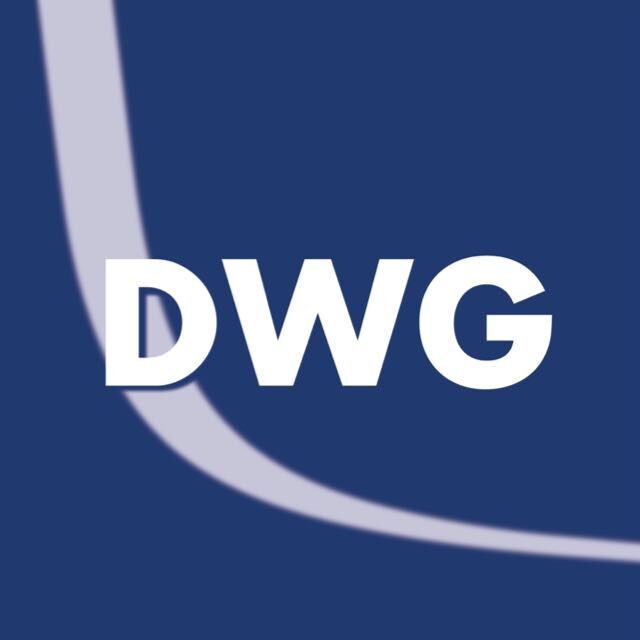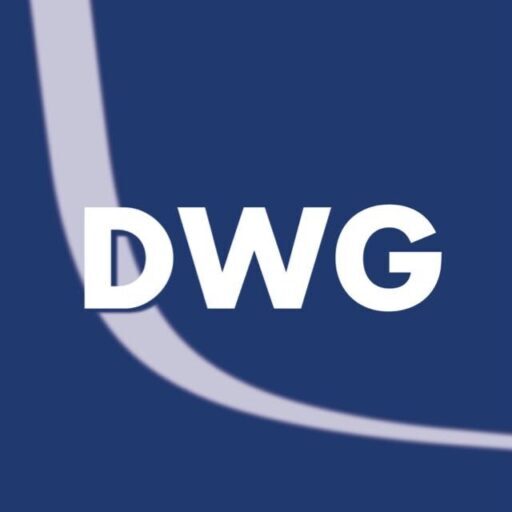The CoRisk Index
The global spread of Covid-19 has caused major economic disruptions. Governments around the world provide considerable financial support to mitigate the economic downturn. However, effective policy responses require reliable data on the economic consequences of the corona pandemic.
We introduce the CoRisk-Index. It is the first economic indicator of industry-specific risk assessments related to Covid-19.
The index summarises information extracted from several thousand documents of all US companies that are required to file their annual business reports to the Securities and Exchange Commission (SEC). The index covers all reports filed since January 2020, representing more than a third of all US employees.
From there, we construct two measures — the number of ’corona’ words in each report and the average text negativity of the sentences mentioning corona in each industry — that are aggregated in the CoRisk-Index.
Currently, we offer these visualisations:
- The CoRisk-Index : A compound measure of risk perceptions per industry over time. The index shows the aggregated risk awareness of the different sectors of the economy.
- Text Sentiment: The share of negative words in Corona-related sentences and the overall reports. The measure captures the sentiment with respect to the corona pandemic. It seems to correlate with stock market movements.
- Corona Count: The count of corona keywords in business risk reports.
- Topic Heatmap: Sentences mentioning risk-topics, per 1.000 corona-related sentences (based on relevant keywords).
- Topic timeline: This plot shows the relevant of different contexts of the pandemic for the industries.
So what?
The data presented on this website helps researchers and decision makers to measure, the previously unobserved, risk awareness of industries with regard to Covid-19. It is bridging the quantification gap between highly volatile stock market dynamics and long-term macro-economic data such as unemployment rates or aggregated revenue or cost figures.
The CoRisk-Index can help to identify the particular concerns faced by different industries and guide decision makers’ attention to those risk factors.
The online tool
Explore the different visualisations on the upper tab to see how different industries perceive business risks related Covid-19. Select specific industries on the right-hand panel and feel free to download the index data as a csv-file.
Code, Data and a Detailed Documentation to replicate the CoRisk-Index
http://github.com/Braesemann/CoRisk
For questions and feedback, feel free to reach out to us.
About the CoRisk-Index
The CoRisk-Index is a data-mining approach to measure the industry-specific risks perceptions related to Covid-19. We examine company risk reports filed to the U.S. Securities and Exchange Commission (SEC). This data allows for a real-time analysis of risk assessments. The risk reports differ substantially between industries, both in magnitude and in nature. The index correlates with U.S. unemployment data and preempts stock market losses of February 2020. Moreover, thanks to topic modelling and natural language processing, the CoRisk data provides unique granularity with regards to the particular contexts of the crisis and the concerns of individual industries about them.
Read more about the methodology behind the CoRisk-Index here.
The CoRisk-Index in the media
The CoRisk-Index has been featured in:
- Oxford Centre in Berlin News (15.06.2020)
- HIIG podcast – Exploring digital spheres (03.06.2020)
- Freiheit+ Streitbar Podcast (de) (27.05.2020)
- Washington Post (30 April 2020)
- Oxford University News (30 April 2020)
- Oxford Internet Institute Blog (24 April 2020)
- Die Wirtschaftswoche (de) (03 April 2020)
Furthermore, the CoRisk-Index was presented in seminars and webinars at:
- Oxford Institute for New Economic Thinking, June 2020
- Etla Research Institute of the Finnish Economy, June 2020
- Oxford Department of International Development (from min 25:30), May 2020
- UNDP Eurasia Webinar Series, May 2020
- Hertie School of Governance Berlin (Data Science Lab), April 2020
- German Institute for Economic Research (DIW Berlin), April 2020
The CoRisk Paper
The development of the CoRisk-Index is described in a working paper:
About the authors of the CoRisk Paper
The CoRisk paper is a collaboration of researchers based in Oxford and Berlin, including researchers from institutions like the Oxford Internet Institute (University of Oxford), Saïd Business School (University of Oxford), Centre for Digital Governance/Data Science Lab (Hertie School Berlin), and Humboldt Institute for Internet and Society:
Fabian Stephany | Niklas Stoehr | Philipp Darius | Leonie Neuhäuser | Ole Teutloff | Fabian Braesemann (corresponding author).

